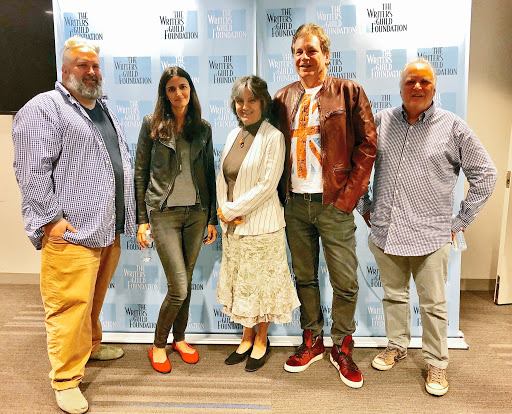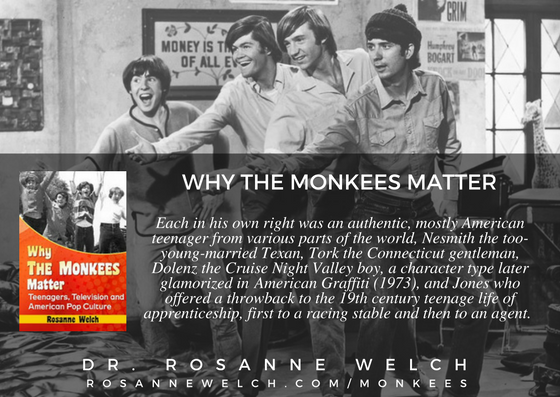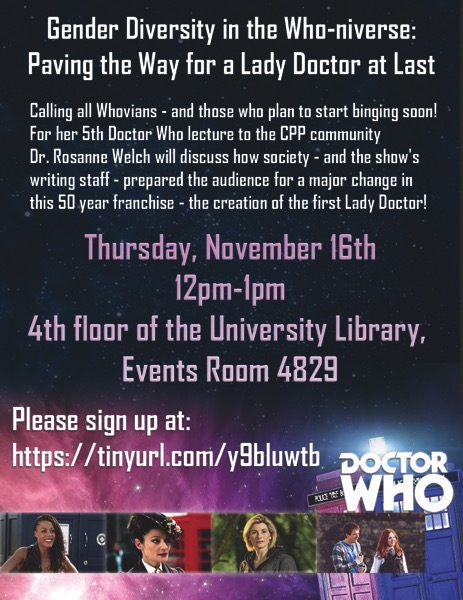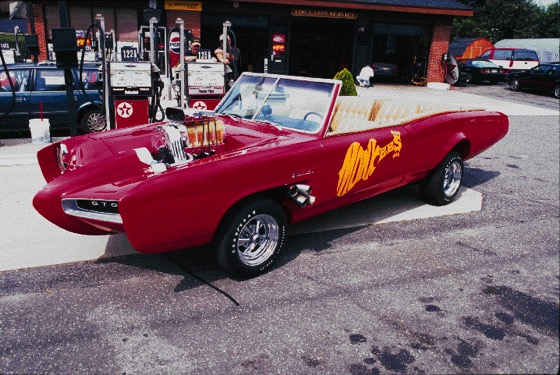Rosanne Welch talks about “Why The Monkees Matter” with Jean Hopkins Power
Watch this entire presentation (45 mins)
Jean Powergirl takes the host reigns and welcomes her guest Rosanne Welch, PhD to the show! They’ll be discussing Roseanne’s book, “Why The Monkees Matter: Teenagers, Television and American Pop Culture.”
Transcript:
Rosanne: So, I originally wrote about that and that’s how I got to talk with Micky because I knew, as a child actor, he would understand how one worked with writers and, of course, he always did credit the writers — both the songwriters and the show writers when he was doing his interviews. I did get to talk to him and the secret — which isn’t much of a secret — because I put it in the preface to the book — is that he had been my favorite Monkee so to actually talk to him was the big deal. Even at the age of 50 for god’s sake.
Jean: So she got to talk to her favorite Monkee and was he able to give you some insight?
Rosanne: He was. I mean he, of course, he took seriously the work of the writers and, as an actor, you’ll notice that while they did a lot of ad lib — actors can’t do as much improv as we assume because camera angles have to be created by the directors and they’re based on the script.
Jean:…and isn’t there a tight time and money is time, right
Rosanne: Yes. Because of all the crazy quick shots, this show would do sometimes 60 or 70 camera setups a day when 20 is normal.
A hit television show about a fictitious rock band, The Monkees (1966-1968) earned two Emmys–Outstanding Comedy Series and Outstanding Directorial Achievement in Comedy. Capitalizing on the show’s success, the actual band formed by the actors, at their peak, sold more albums than The Beatles and The Rolling Stones combined and set the stage for other musical TV characters from The Partridge Family to Hannah Montana. In the late 1980s, the Monkees began a series of reunion tours that continued into their 50th anniversary.
This book tells the story of The Monkees and how the show changed television, introducing a new generation to the fourth-wall-breaking slapstick created by Laurel and Hardy and the Marx Brothers. Its creators contributed to the innovative film and television of 1970s with projects like Bob & Carol & Ted & Alice, The Mary Tyler Moore Show, Laugh-In and Welcome Back, Kotter. Immense profits from the show, its music and its merchandising funded the producers’ move into films such as Head, Easy Rider and Five Easy Pieces.
Rosanne Welch, PhD has written for television (Touched by an Angel, Picket Fences) and print (Three Ring Circus: How Real Couples Balance Marriage, Work and Kids and The Encyclopedia of Women in Aviation and Space). In the documentary world she has written and produced Bill Clinton and the Boys Nation Class of 1963 for ABC NEWS/Nightline and consulted on PBS’s A Prince Among Slaves, the story of a prince from West Africa who was enslaved in the 1780s, freed by order of President John Quincy Adams in the 1820s and returned to his homeland.
Podcast: Play in new window | Download
Subscribe: RSS
![24: Writers, Actors and The Monkees : “Why The Monkees Matter” Interview with Jean Power [Video] (0:57)](https://rosannewelch.com/wp-content/uploads/2017/10/rmw-power-24-writers-actors.jpeg)



![Dr. Rosanne Welch Moderates “Freaks, Geeks, And Queen Bees: Crafting The Teenage Voice For TV” [Photos]](https://rosannewelch.com/wp-content/uploads/2017/10/wga-panel-1.jpg)



![23: Writers, Fans and The Monkees : “Why The Monkees Matter” Interview with Jean Power [Video] (1:14)](https://rosannewelch.com/wp-content/uploads/2017/10/rmw-power-23-writers-fans.jpeg)



![22: More on Peter Tork and The Monkees : “Why The Monkees Matter” Interview with Jean Power [Video] (0:54)](https://rosannewelch.com/wp-content/uploads/2017/10/rmw-power-22-peter-tork-2.jpeg)